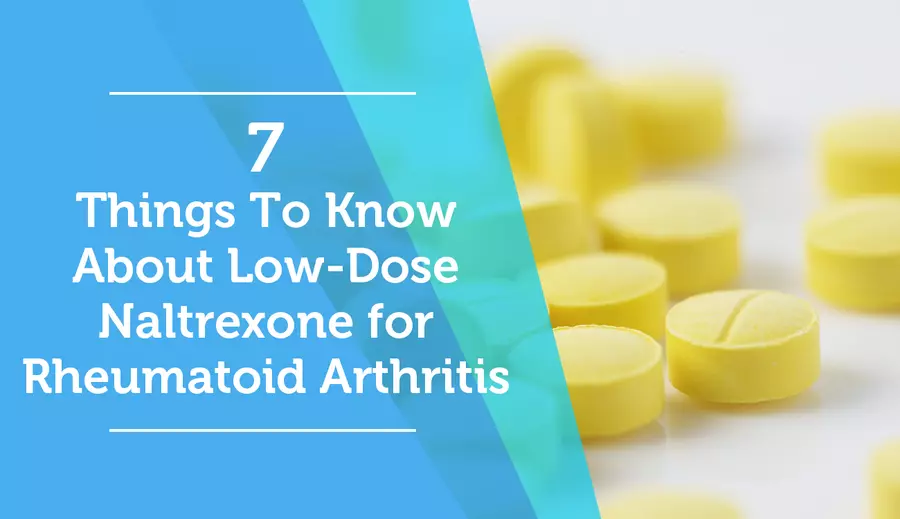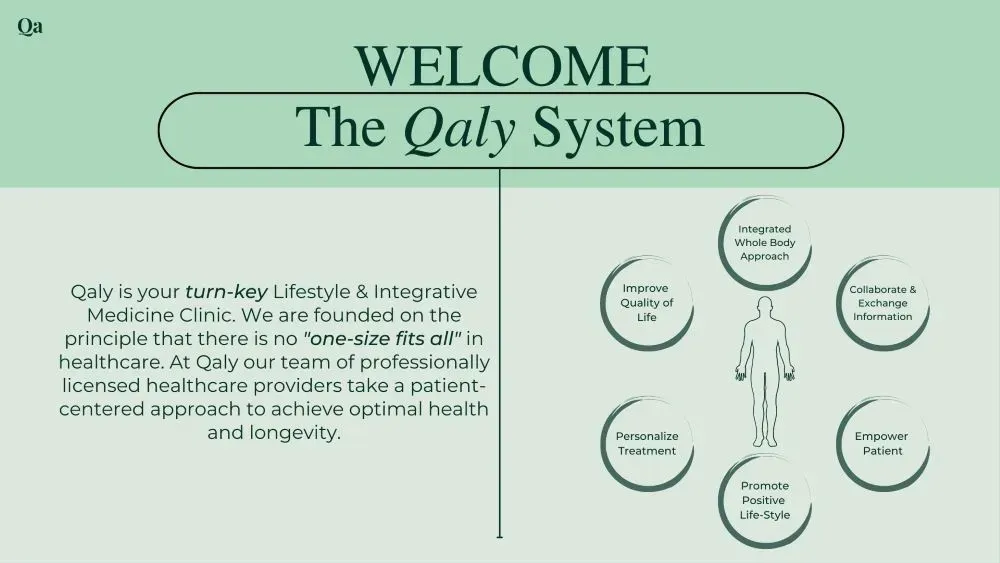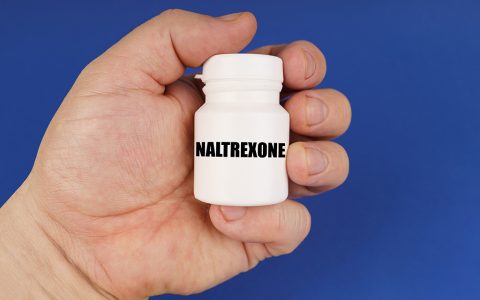Low Dose Naltrexone for Rheumatoid Arthritis: A Promising Approach to Pain Management
Rheumatoid arthritis (RA) is more than just a condition characterized by joint pain; it’s a systemic autoimmune disorder that can lead to debilitating features affecting various aspects of life. Classic treatments often involve anti-inflammatory medications or disease-modifying antirheumatic drugs (DMARDs), which can have varying effectiveness and potential side effects. Recently, the use of low dose naltrexone (LDN) has emerged as a fascinating alternative, attracting interest from both patients and healthcare professionals.

What is Low Dose Naltrexone?
Naltrexone is traditionally known as a medication used at higher doses for opioid addiction management. However, its application in lower doses has been explored for several chronic conditions, including fibromyalgia, multiple sclerosis, and particularly rheumatoid arthritis. At lower doses, naltrexone is thought to influence the body’s endorphin production and modulate the immune system, making it an intriguing candidate for managing inflammation and pain in RA patients.
Mechanism of Action in RA
The mechanism of action for low dose naltrexone involves the blockade of opioid receptors temporarily, leading the body to respond by increasing endorphin production. This response is believed to promote an overall balance in the immune system. For individuals with rheumatoid arthritis, where inflammation plays a crucial role in symptoms, this balancing act can potentially ease the severity of symptoms.
Additionally, LDN may help to reduce the production of pro-inflammatory cytokines, which are the messengers that signal and amplify inflammation within the body. By curtailing this response, low dose naltrexone allows for improved function and ultimately enhances the quality of life for individuals struggling with RA.
Clinical Evidence and Studies
While research is still in the early stages, several studies have shown promising results in the efficacy of LDN for treating rheumatoid arthritis. Patients have reported a decrease in joint pain and stiffness, often alongside a reduction in the use of more traditional pain management methods. Some clinical trials indicate that a majority of participants experienced positive changes in their overall health status after introducing LDN into their treatment plans.
Although larger, more comprehensive studies are necessary to establish definitive conclusions, the existing research provides a hopeful glance into LDN’s potential role in managing rheumatoid arthritis. Moreover, its relatively low incidence of side effects makes it a more appealing option compared to standard RA treatments.

Integrating LDN into Existing Treatment Plans
For those considering low dose naltrexone as part of their rheumatology treatment regimen, it’s imperative to consult with a healthcare provider. Each patient’s situation can vary significantly; thus, a tailored approach is essential. LDN is not a one-size-fits-all solution and may work best when combined with other therapies and lifestyle changes, such as diet, exercise, and stress management techniques.
Safety and Side Effects
One of the significant advantages of adopting LDN is its safety profile. Most patients report few side effects, with some experiencing mild sleep disturbances or vivid dreams. Unlike the long-term use of traditional NSAIDs or corticosteroids, which can lead to serious complications, the low doses of naltrexone used for RA are typically well tolerated. This aspect encourages many patients to explore LDN as part of their overall treatment plan.
Looking Ahead: Future Perspectives
As interest in alternative and complementary medicine rises among patients with chronic conditions, the future of low dose naltrexone for rheumatoid arthritis appears promising. The growing body of evidence and patient testimonials continues to advocate for further exploration of this treatment option.
In summary, while current data on low dose naltrexone for rheumatoid arthritis is encouraging, ongoing research will be crucial to fully understand its benefits and limitations. Those suffering from RA may find hope in new potential avenues for relief and improved quality of life through LDN. As we move forward, fostering an open dialogue between patients and healthcare providers will be key to optimizing treatment strategies and outcomes in managing this complex and often challenging condition.



